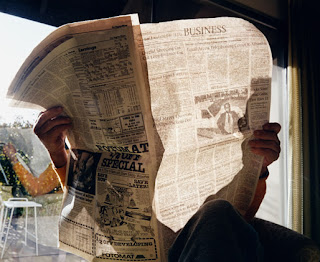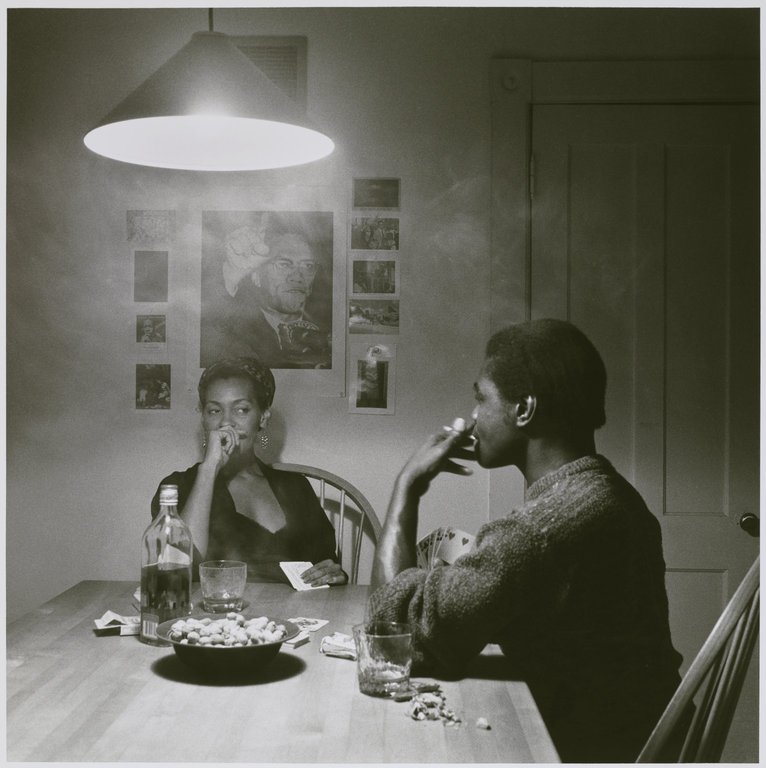At the Met, a particular photograph entitled “Heart Shaped Bruise” by Nan Goldin intrigued me. The photograph depicts just that, a heart shaped bruise on the thigh of a faceless woman. It struck me as dark and daring, a photograph that has a story and a meaning attached to it, meant for people to see. Nancy Goldin (1953) is an American photographer who grew up with progressive and liberal parents in Boston, moved to New York after graduating from Tufts University. Nan’s older sister, Barbara, had committed suicide at the age of 18. Nan herself moved out of her house at 13 and first grew an interest for photography at the age of 15, photographing things that would remain her focus for the extent of her career. Her photographs were usually of things outside the lines of what society viewed as safe or acceptable, such as the gay community, transvestites and photographs depicting drug use and sexuality. I believe her work reflects her upbringing, dealing with the suicide of her sister and learning to be liberal and open to things from a young age.
The focus of the photograph seems to be the heart shaped bruise itself, but to me, the lighting is the punctum. Most of Nan’s photography was taken in natural light, but this particular photo uses flash. Due to the flash, we see the bruise more clearly and are drawn to ask questions. Why does she have a bruise? How ironic is it that her bruise is in the shape of a heart? Why is there a photograph of a woman’s bruise? It begs many questions, especially because her dress exposes it and she’s on a bed, making the audience of this photograph wonder what has happened and is happening to her. I am drawn to wonder about this woman and to begin analyzing the multitude of stories that could be inferred from this photograph because the flash so obviously makes the bruise the core of this piece of art.














